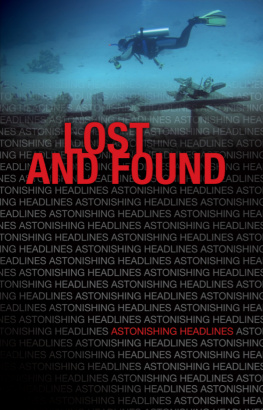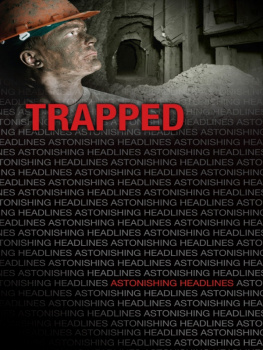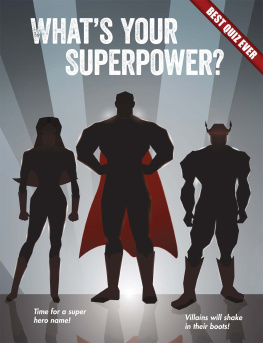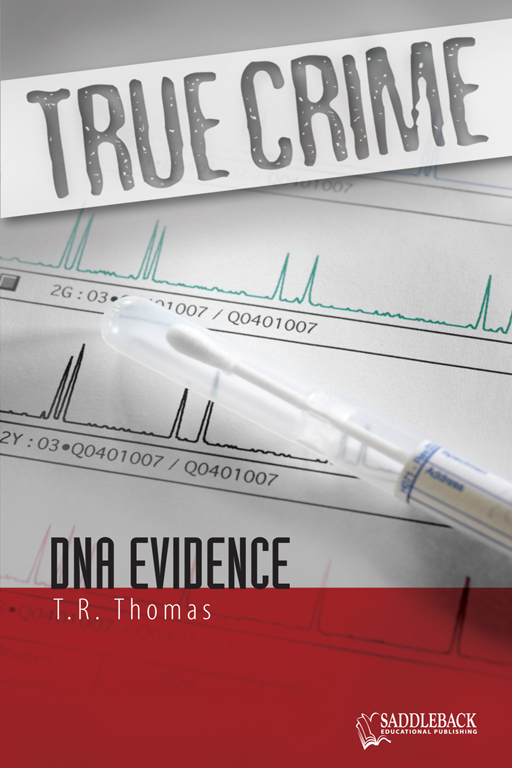DATAFILE
TIMELINE
April 25, 1953
Watson and Crick publish their DNA model.
November 6, 1987
Tommy Lee Andrews is the first U.S. defendant convicted by DNA evidence.
March 12, 2003
Josiah Sutton of Texas is released from prison after being convicted by a faulty DNA test.
Where is Cambridge, England?
KEY TERMS
chromosomea threadlike body that carries genes
genethe basic physical unit of heredity
genomethe full set of all the genetic traits people can inherit
helixa three-dimensional spiral
infallibleabsolutely sure or trustworthy
DID YOU KNOW?
Rosalind Franklin took X-ray pictures of DNA in the 1950s. Her work was crucial to the mapping of DNA. Franklin died of cancer at age 37 in 1958. Too much X-ray radiation may have been a factor.
DNA PROFILING
The year was 1953. Scientists James D. Watson and Francis Crick worked feverishly in their lab in Cambridge, England. Watson was American. Crick was British. They were putting together a model of DNA. That stands for deoxyribonucleic acid.
DNA looks like a twisted ladder. Watson called it a double helix. He later published a very famous book called The Double Helix. It was about discovering the DNA model.

DNA looks like a twisted ladder. Watson called it a double helix.
Meanwhile, Rosalind Franklin took X-ray photos of microscopic DNA. She was another respected British scientist. Her photos helped Watson and Crick develop their DNA model. Later, in 1962, Watson, Crick, and Maurice Wilkins won the Nobel Prize for their research. Franklin died in 1958, so she could not win.
Earlier scientists had known about DNA. But they didnt understand its structure. And they didnt know exactly what it did.
The Human Genome Project
It wasnt until 2003 that scientists completely mapped DNA. This was the result of the Human Genome Project. It was a major milestone in scientific history. Computers played a big role in this complex task.
The Human Genome Project began in 1990. In the beginning, Watson headed the project. He left in 1992 due to conflicts.
Every human has 23 pairs of chromosomes. Chromosomes are threadlike bodies. They are made up of DNA and proteins. DNA is made up of genes. Each human cell contains three billion DNA base pairs. They make up a very complex pattern. Its what makes us who we are.
Genetic Fingerprinting
Each persons DNA is unique. No two people have exactly the same DNA. Even identical twins DNA is slightly different. They have the same genotype, but the pheno-type is different. The phenotype is what makes our fingerprints. DNA tests only look at the genotype. A DNA test couldnt tell one identical twin from the other. But their fingerprints would still be different.
Other than that, DNA evidence is more accurate than fingerprints. DNA is found in every cell in our bodies. There doesnt have to be much of it to be tested. Scientists can look at saliva from a cigarette butt under a microscope. DNA from the saliva can tell us who it came from.
DNA testing helps solve crimes. It is extremely accurate. But it is not 100 percent infallible, or foolproof. Scientists must perform the test correctly. They also must handle the samples properly. Otherwise a sample could be mislabeled. It could be identified as coming from a different person. Unfortunately, sometimes this happens.
A Bad Junior High Science Project
Houston teen Josiah Sutton was the victim of bad science. In 1998, at age 16, police arrested him for a crime he didnt commit. But a DNA test showed he was guilty. It took the jury less than two hours to decide the case. The court sentenced Josiah to 25 years in prison.
Three years later, TV reporters got a tip. It was about problems at the Houston police crime lab. The reporters investigated. They sent reports from the Houston lab to experts at a California university. The experts looked over the reports. They were full of errors. One professor said the reports looked like a bad junior high science project.
Luckily, Josiahs mother Batie watched the news that night. It was the answer to her prayers. She contacted the reporters. Eventually the Houston police crime lab was shut down. Josiah Sutton was released from prison. By then he had already been in jail for more than four years.
The First DNA Conviction
In 1987, a British scientist named Alec Jeffreys invented a new test. He called it DNA fingerprinting. But forensics scientists didnt like that name. They thought it was too confusing. Today its usually called DNA profiling or DNA typing.
Jeffreys used the new test to help solve a murder case. Two young women had been raped and murdered in Leicestershire, England. Police asked men from ages 17 to 34 to submit blood samples. After several months, police had tested more than 4,000 men. The police were about ready to give up. Then they caught a break.
A baker named Colin Pitchfork had asked someone else to take his blood test for him. Police investigated. Pitchfork confessed to the murders. He was the first person ever convicted by DNA typing.
Around that same time, the test was introduced in the United States. The first U.S. defendant convicted by DNA profiling was a Florida rapist. His trial took only three days. The court sentenced Tommy Lee Andrews of Orlando to 22 years in prison.
The trial caused a sensation. There was a media blitz about this exciting new DNA testing. It held a lot of promise. And it has largely delivered on that promise.
CHAPTER 2
THE FBIS DNA DATABASE
DATAFILE
TIMELINE
1998
The FBIs CODIS database of DNA profiles begins operation.
October 30, 2004
The Debbie Smith Act is signed into law.
July 17, 2006
Familial DNA testing catches the Shoe Rapist.
Where is Williamsburg, Virginia?
KEY TERMS
CODISCombined DNA Index System
databasea large, searchable collection of data, or information, kept in a computer
familialrelating to family members
rape kita collection of evidence from a rape
suspect












 DNA looks like a twisted ladder. Watson called it a double helix.
DNA looks like a twisted ladder. Watson called it a double helix.